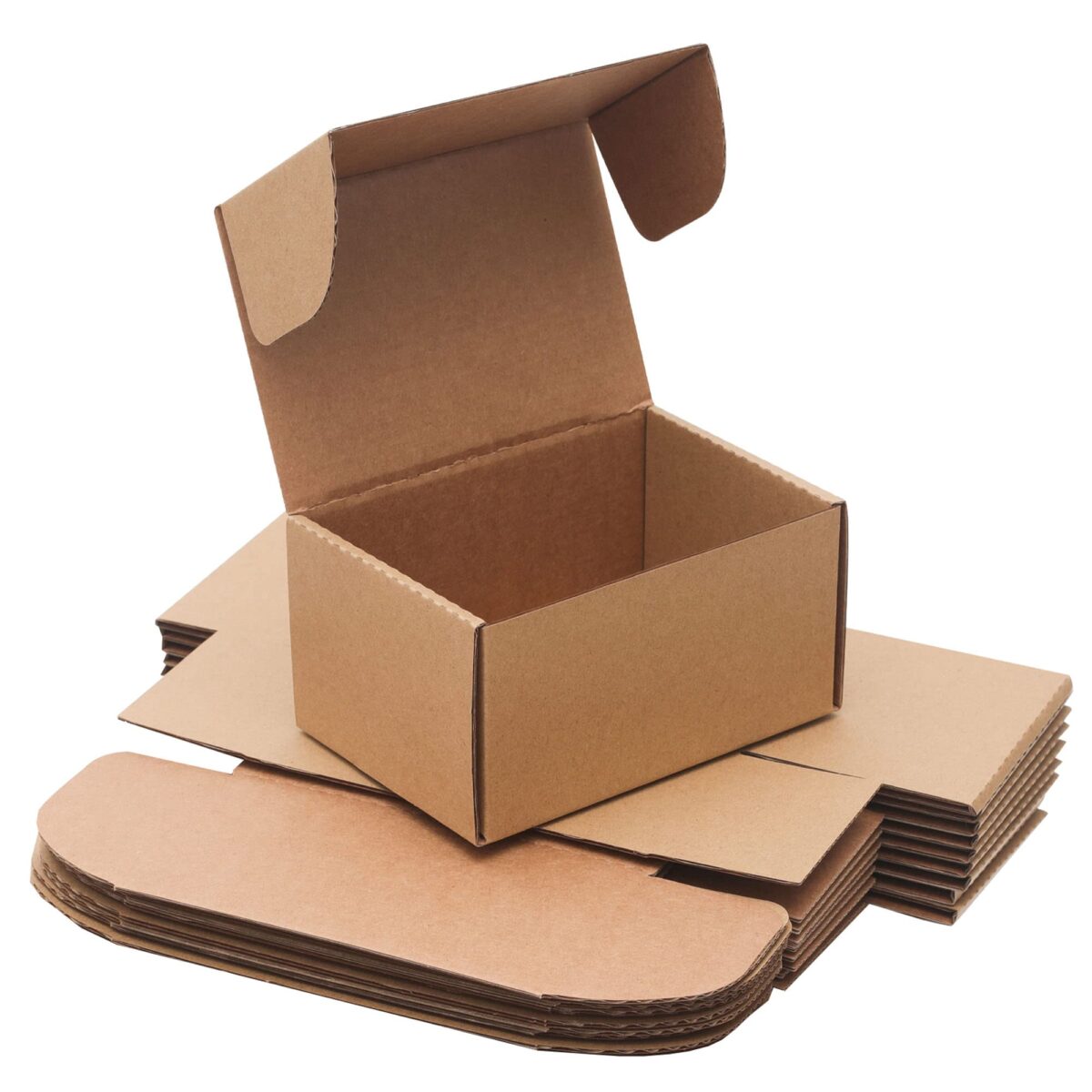
Custom packaging boxes are the unsung heroes of the retail world, ensuring that products reach consumers safely and elegantly. But before these boxes can fulfill their destiny, they need to be measured precisely. Let’s delve into the art and science of measuring the length of a box.
Understanding Box Types: Rigid, Cardboard, and Kraft
Before delving into measurements, it is essential to understand the materials used in making custom packaging corrugated boxes. We work with rigid board, cardboard and kraft, each of which offers unique qualities to meet various packaging needs.
Rigid boxes provide sturdy protection, ideal for luxury items and delicate products. Cardboard boxes strike a balance between strength and flexibility, suitable for various products. Kraft boxes, made from recycled materials, are eco-friendly options valued for their durability and sustainability.
Basics: length, width and height
When measuring a box three dimensions come into play: length, width and height. Length refers to the longest side of the box, while width indicates the shortest side. Height, on the other hand, measures the height of the box.
Tools of the trade: ruler, tape measure, or scale
Measuring a box accurately requires the right tools. A ruler or tape measure is useful for accurately measuring length and width, while a scale ensures accuracy when determining weight. Having these tools on hand simplifies the process and ensures accurate results.
Step-by-step guide to measuring length
Place the box flat: Start by placing the box flat on a level surface. This ensures that all sides are easily accessible for measurement.
Identify the longest side: Determine which side of the box makes up its length. This is usually the side that runs parallel to the opening of the box.
Measure from edge to edge: Using your ruler or tape measure, carefully measure from one edge of the length to the opposite edge. Make sure the measurement is taken in a straight line for accuracy.
Record the measurement: Once you have the measurement, record it accurately. This measurement will represent the length of the box.
Tips for accurate measurements
Double Check: It is always a good practice to double check measurements to avoid errors.
Use a flat surface: Measuring on a flat surface ensures that the box remains stable and flat, providing accurate measurements.
Note the flaps: If the box has flaps, make sure they are folded tightly before measuring to get an accurate length.
Consider internal dimensions: For custom boxes with specific internal dimensions, measure the internal length for accurate fit of products.
Conclusion
Measuring the length of custom packaging boxes is a critical aspect of ensuring products are packaged safely and efficiently. By understanding the basics and following a systematic approach, companies can optimize their packaging processes and deliver exceptional products to customers.
Whether it’s a rigid box for luxury goods or a Kraft box for an eco-conscious brand, accurate measurements are key to creating customized packaging that meets the diverse needs of modern consumers. So, grab your ruler, tape measure or scale and embark on the journey of measuring custom packaging boxes with confidence and precision.
Author Bio:
Social Security: U.S. program providing financial stability through retirement, disability, and survivor benefits., it remains a cornerstone of American social policy and economic security. Get latest information about recently rolled out program on developmentandplanningnews.com
